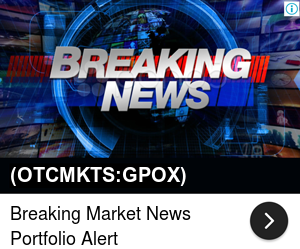KRE - SPDR S P Regional Banking Stock Trading
About | SPDR S&P Regional Banking (NYSE:KRE)
None
Quote | SPDR S&P Regional Banking (NYSE:KRE)
| Last: | $46.2675 |
|---|---|
| Change Percent: | 0.95% |
| Open: | $45.76 |
| Close: | $45.83 |
| High: | $46.415 |
| Low: | $45.63 |
| Volume: | 3,416,062 |
| Last Trade Date Time: | 04/18/2024 03:00:00 am |
News | SPDR S&P Regional Banking (NYSE:KRE)
-
2024-04-16 10:38:01 ET With bank earnings rolling in, many financial institutions have found themselves in focus this week. With investors parsing the latest financial figures from some of the industry's biggest players, here are the top 10 best year-to-date stock performances among U....
-
2024-04-16 10:30:00 ET Summary The rise in rates last week pushed the 10-year to its highest level since the peak at 5% in October of last year. Gold has been setting new highs, trading above $2400 at one point on Friday before succumbing to some profit taking. Year-to-date, t...
Message Board Posts | SPDR S&P Regional Banking (NYSE:KRE)
| Subject | By | Source | When |
|---|---|---|---|
| Chart getting very bearish here... | Wishthiswasmyjob | investorshub | 07/04/2021 3:15:27 PM |
| $KRE has done very well since the Election. | Triple9 | investorshub | 02/25/2017 2:34:52 AM |
| Top 10 holdings by % of $KRE: | Triple9 | investorshub | 02/25/2017 2:33:22 AM |
| My favorite website for getting ETF info is http://xtf.com/ | Triple9 | investorshub | 02/25/2017 2:30:02 AM |
| In @ $56.46. | Triple9 | investorshub | 02/25/2017 2:28:36 AM |
News, Short Squeeze, Breakout and More Instantly...
SPDR S&P Regional Banking Company Name:
KRE Stock Symbol:
NYSE Market:
-
As the U.S. financial sector grapples with recent earnings releases, investor reactions have been mixed. Some stocks are witnessing declines. Othe...
-
M&T Bank Corporation (NYSE:MTB) shares are trading higher after it reported first-quarter FY24 results. Revenue of $2.260 billion, sl...
-
2024-04-15 10:47:02 ET BTC iShares iBoxx USD High Yield Corporate Bond ETF (HYG) HYG is trading DOWN for the last 4 days, and it at trading at $76.17 with volume of 10,436,679 and a one day change of $-0.20 (-0.26%). BTC iShares iBoxx USD High Yield Corporate Bond ETF has a 52-week ...





